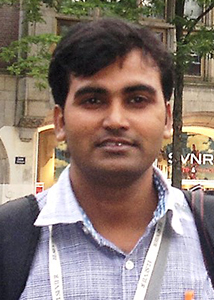In a stride to provide the quality research contents for scientific fraternity as evident by our leading journals like Chemical Biology Letters and J Materials NanoScience, the ScienceIn is introducing a new journal ‘Molecular PhytoMedicine’ to serve the relevant community of researchers in the field of plant medicines, new chemical entities from plants for drug development, biochemistry of plant metabolites, and all related research fields.
The Journal

Molecular Phytomedicine is the lead peer reviewed international journal for integrated research coverage of therapeutics development from plants, natural products chemistry, medicinal plants, plant pharmaceuticals, herbal medicine, biochemisty of medicinal plant molecules and metabolites, biotechnology, chemistry of extracts and medicinal plants, ayurveda, medicines from algae, nanomedicine, plant pigments, and all related research meant for discovery of medicines from plants.
Submissions
The submissions are open now. Researcher can submit their article at the journal site https://pubs.thesciencein.org/journal/index.php/mpm
All articles will be peer-reviewed.
Authors will retain the rights for published article (CC 4.0 BY license).
There is NO open access fee for authors (all charges completely waived off).








